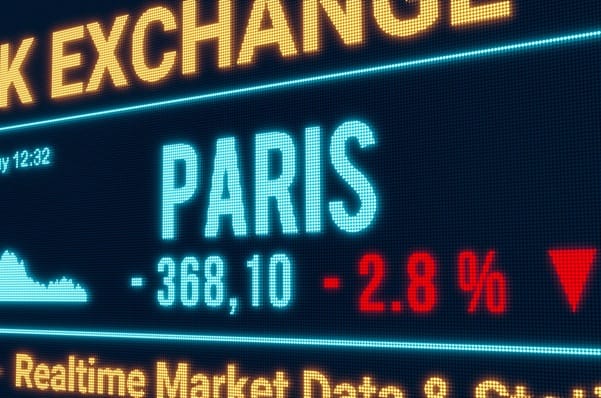
"The euro has recorded two consecutive sessions of recovery, pushing the EURUSD exchange rate to around 1.166, as market sentiment improves on expectations that the U.S. Federal Reserve (Fed) will accelerate its pace of interest rate cuts in upcoming meetings. Capital outflows from the U.S. dollar - which had strengthened sharply during the recent risk-off phase - are providing room for the euro to rebound, even though the fundamental backdrop for the common currency remains fragile."
"The policy divergence between the Fed and the European Central Bank (ECB) remains the key driver of the pair's direction. After more than two years of tightening, the Fed has begun its first easing cycle, with another 25-basis-point cut likely in October if incoming economic data continue to soften. Meanwhile, the ECB maintains a cautious stance, signalling that it needs more evidence of sustainable disinflation before taking more decisive action."
"However, the Eurozone's underlying economic picture is still too weak to sustain a prolonged rally. GDP growth in Q2 expanded by only +0.1% quarter-on-quarter, effectively flat, while the composite PMI remains around the neutral 50 mark - indicating a fragile recovery across both services and manufacturing. Key economies such as Germany continue to struggle with weak exports and subdued domestic demand. Although inflation has eased considerably from its peak, the euro area remains under structural pressure, limiting the ECB's ability to shift policy abruptly."
EURUSD traded around 1.166 after two consecutive recovery sessions as expectations of accelerated Fed interest-rate cuts increased. Capital outflows from a recently strengthened U.S. dollar created space for the euro to rebound despite fragile fundamentals. The Fed has begun an easing cycle and another 25-basis-point cut is likely in October if data soften, while the ECB remains cautious and seeks evidence of sustainable disinflation. Faster falls in U.S. nominal and real yields versus the euro area temporarily support the euro. Eurozone growth is weak (Q2 GDP +0.1% QoQ), PMIs near 50, and Germany faces weak exports and subdued demand. U.S. fiscal and political risks include public debt over $37 trillion and a government shutdown threatening delays to key macro releases.
Read at London Business News | Londonlovesbusiness.com
Unable to calculate read time
Collection
[
|
...
]